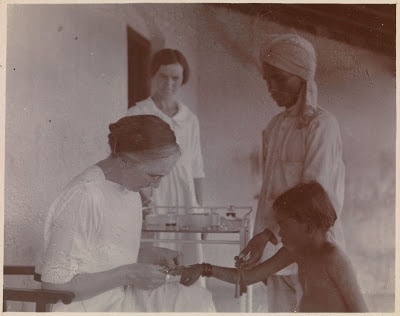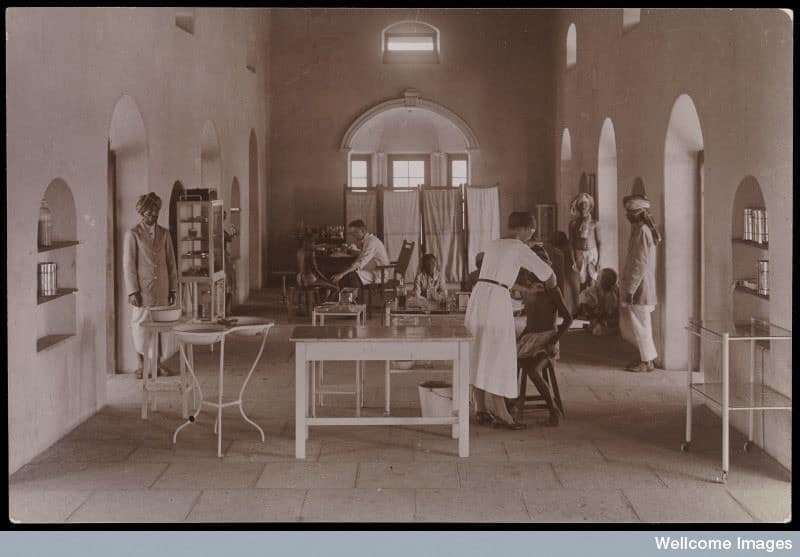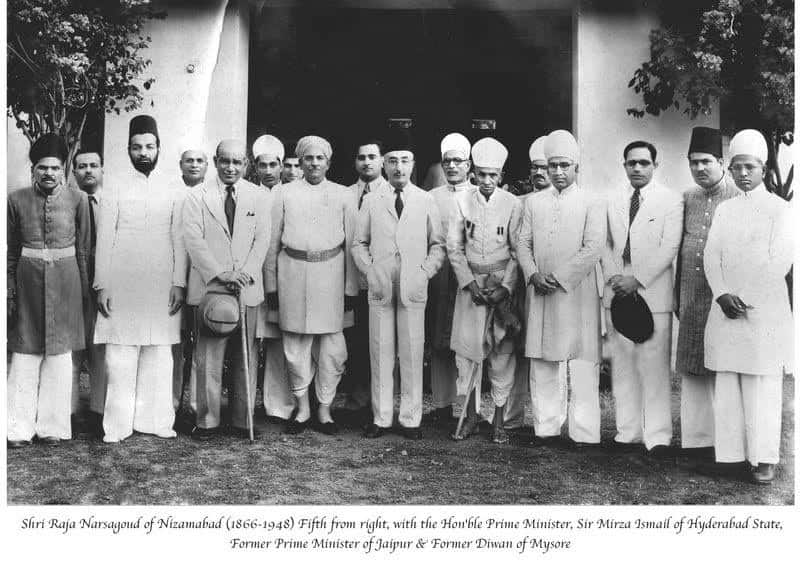
Adapa Satyanarayana
India is regarded as the original home of leprosy with skeletal evidence of the disease dating to 2000 BC. In Indian society, persons suffering from leprosy are alienated because the disease is chronic, highly contagious and is associated with sin. Individuals with leprosy suffer a social stigma and the society disowns them.
Baba Amte, the famous social worker is known for his work for the rehabilitation and empowerment of people suffering from leprosy. In 1915, a Leprosy Home/Hospital was established by Reverend G.M. Kerr and Dr. Isabel Kerr of the Wesleyan Methodist Mission, at Dichpalli, Nizamabad district. It was the first and the largest Asylum and Medical institution in the erstwhile Nizam’s State for curing the victims of the most dreaded contagious disease of the early twentieth century. What began as a small “Leprosy Hut” of shelter by the Christian missionaries it has grown into a leading medical center in the entire South India due to the efforts of a local devout Hindu philanthropist, Raja Narsa Goud.
In the beginning of the 20th century, Nizamabad district had the highest incidence of leprosy and women and children were the worst sufferers. In the Nizamabad area one in every hundred people was a leper. A missionary remarked that “leprosy is with us in Nizamabad and we are in the heart of the largest native state in India. The disease is rampant all around us and nothing is done. There are no state regulations, no isolation, or segregation. The leper mingles with his kin on equal terms. In Nizamabad itself leprosy abounded”.

Isabel Kerr was born in 1875 at Foehabeson-Spey, Scotland in 1875, and graduated in medicine (MBBS) in 1903 from Aberdeen University. After her marriage with G.M. Kerr, the Superintendent of Wesleyan Methodist Mission, she came to Nizamabad. In the year 1911, she observed that a bread-seller in the town was suffering from leprosy, and that the disease was widespread in the surrounding villages. Being a doctor and a devout Christian, she decided to nourish the victims and thus started a ‘hut for lepers’ in the Mission Compound. It was a time when no scientific treatment was available to cure lepers and all that can be done was to provide them food, clothing and shelter, to dress their ulcers, and to surround them with care and compassion, the typical Christian ethic. Soon the little hut became crowded and the missionaries were looking for help to build a big home. Narsa Goud, (later Raja) an eminent resident of Nizamabad and entrepreneur, who knew the sufferings of leprosy victims, volunteered to support the missionary couple. Being a resident of the town, he also witnessed the work of Dr. Kerr and was quite impressed by the humanitarian service of the Christian missionaries. He met the couple and told that he has been thinking about their concern and service for the lepers of the town and neighbouring villages. He also mentioned that there were twenty–three of them who were personally known to him and he helped them from time to time. But there is something more they needed which neither he nor his priest could do. Impressed by the work of Dr. Isabel Kerr among lepers in the villages of Nizamabad from 1907 onwards, he supported the idea of a permanent treatment centre for the lepers and on the spot donated 10,000 rupees and 60 acre of land at Dichpally. The missionaries were impressed by Narsa Goud’s generosity and thanked him for the help. The charity of Raja Narsa Goud led to the establishment of a magnificent medical institution, first of its kind in the Nizam’s Dominions. In a jubilant mood Dr. Isabel Kerr declared, “No leper child need ever grow up a leper.”
The leper home started in 1915 was later converted into a hospital and rechristened as Victoria Hospital in 1928. Narsa Goud can be thus credited with enabling the setting up of one of the earliest leprosy treatment centers in British India. To begin with, the hospital offered palliative care to local people, travelers and refugees, irrespective of caste, creed and religion. In 1920, Isabel Kerr adopted the treatment using oil of the chaulmoogra tree, which became successful in curing leprosy patients. The hospital expanded rapidly owing to demand, and by 1921 it consisted of several buildings and gave shelter to hundreds of victims. Subsequently many doctors, nurses, hospital staff joined this hospital for tackling a great social problem: the fight with leprosy. More buildings were added in 1923 when the Minister of Finance of Hyderabad, Sir Akbar Hydari opened new buildings, financed by the Nizam’s Government. The hospital was substantially developed over the years, owing to the support by the Government and several other prominent nobles of the state and philanthropic organizations and persons in India and abroad. The leading nobles of Hyderabad State such as Salar Jung III, Maharaja Kishan Pershad, Raja Dhanrajgiri and others have liberally donated for the hospital. “We came, we saw, we were conquered” was how one of them described his visit to Dichpalli Hospital.

The seed sown by the generosity of a noble gentleman called Narsa Goud later blossomed into a mighty tree that sheltered the discriminated and excluded victims of the dreaded disease. He was also responsible for setting up of the district’s first ever maternity hospital or Zajgikhana. Raja Narsa Goud, (1866-1948) acquired fame as a friend of the poor and became a legend in his lifetime. The itinerant bards composed and sang songs in his praise, citing his innumerable good deeds and sang them in village after village in Telangana and beyond. Narsa Goud was one of the richest persons of the then princely state of Hyderabad, and was one of the three leading excise contractors with business interests in Karimnagar, Nizamabad and Adilabad districts. However, Narsa Goud was credited for making the Dichpalli Leprosy Hospital an earliest permanent and the most outstanding treatment and diagnosis center in India. In spite of his business activities, driven by a passion to contribute to society, he always took care of the medical institution and its inmates. Every Christmas, Narsa Goud distributed clothes and other essentials to the inmates of the Dichpalli Leprosy Hospital. With all humility and grace Narsa Goud accepted the title of “Raja” bestowed on him by His Exalted Highness (HEH) Mir Osman Ali Khan, VII Nizam of Hyderabad State, in recognition of his contribution to society and especially to improve the quality of life of the poor. Another rare honour was bequeathed on Narsa Goud was when His Imperial Majesty King George V of England, during his visit to India in 1930’s, honoured him with a medal in recognition of his services to the society.

Along with Raja Narsa Goud, Dr. Isabel Kerr played a significant role in building the scientific medical center in Dichpally. She was also credited for introducing the latest and advanced leprosy treatment in the early decades of the 20th century. She was awarded the Kaiser-i-Hind Gold Medal in 1923 by the British Government in recognition of her services. The contribution of Raja Narsa Goud for promoting the Leprosy Hospital was an important landmark in the development of medical care and public health in Telangana.
Adapa Satyanarayana is a retired professor of History, Osmania University. His area of expertise is Modern Indian History

